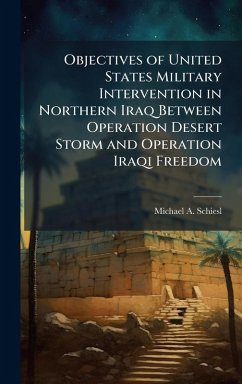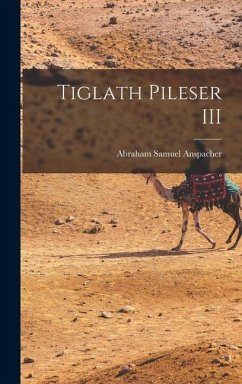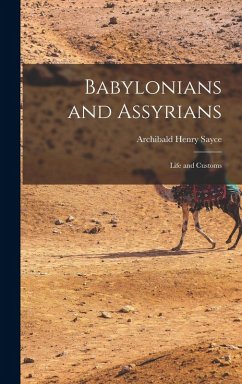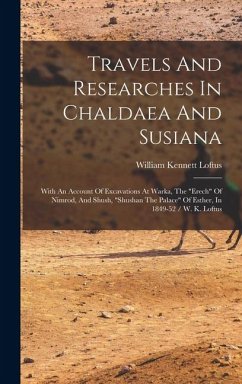
US Counterinsurgency Doctrine and Implementation in Iraq
Versandkostenfrei!
Versandfertig in über 4 Wochen
28,99 €
inkl. MwSt.
Weitere Ausgaben:

PAYBACK Punkte
14 °P sammeln!
This thesis examines the conduct of the US Army's counterinsurgency campaign in Iraq from the end of May 2003 through March 2004. While examining how the US Army is implementing existing counterinsurgency (COIN) doctrine, this thesis also addresses the topics of what the doctrine is and where it came from. The thesis will also make recommendations for improvement. The thesis includes five chapters beginning with a brief introduction, followed by a review of the literature pertaining to US COIN doctrine, the doctrine of other nations, and the background of Iraq. A look at the history of the US ...
This thesis examines the conduct of the US Army's counterinsurgency campaign in Iraq from the end of May 2003 through March 2004. While examining how the US Army is implementing existing counterinsurgency (COIN) doctrine, this thesis also addresses the topics of what the doctrine is and where it came from. The thesis will also make recommendations for improvement. The thesis includes five chapters beginning with a brief introduction, followed by a review of the literature pertaining to US COIN doctrine, the doctrine of other nations, and the background of Iraq. A look at the history of the US COIN doctrine development through US Army operations overseas follows. Current US Army operations in Iraq are examined next, based off of interviews with participants, news reports, and reports from the Center for Army Lessons Learned. The last chapter examines how doctrine fails to adequately address the role of US forces as an occupation authority and makes recommendations. Basic principles outlined in US doctrine are still applicable, but US and coalition forces are not applying them as intended: unifying their military efforts with a comprehensive economic, social, and political reform plan. This work has been selected by scholars as being culturally important, and is part of the knowledge base of civilization as we know it. This work was reproduced from the original artifact, and remains as true to the original work as possible. Therefore, you will see the original copyright references, library stamps (as most of these works have been housed in our most important libraries around the world), and other notations in the work. This work is in the public domain in the United States of America, and possibly other nations. Within the United States, you may freely copy and distribute this work, as no entity (individual or corporate) has a copyright on the body of the work. As a reproduction of a historical artifact, this work may contain missing or blurred pages, poor pictures, errant marks, etc. Scholars believe, and we concur, that this work is important enough to be preserved, reproduced, and made generally available to the public. We appreciate your support of the preservation process, and thank you for being an important part of keeping this knowledge alive and relevant.












